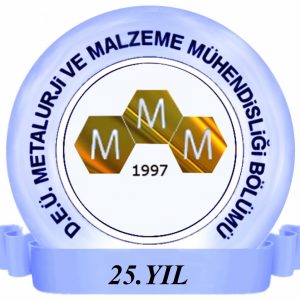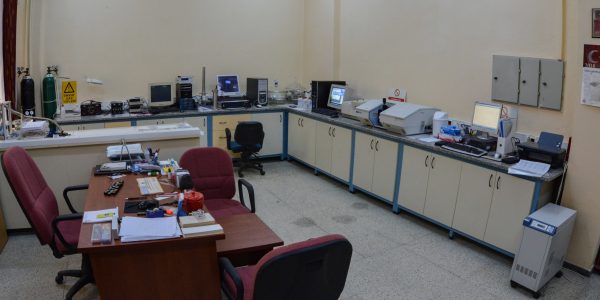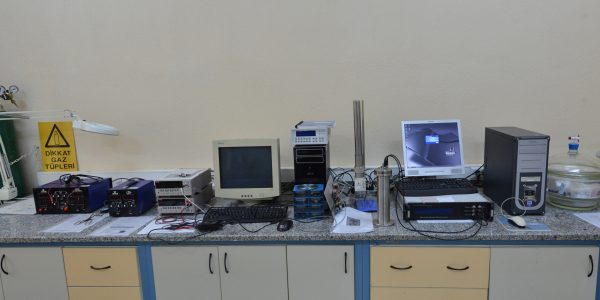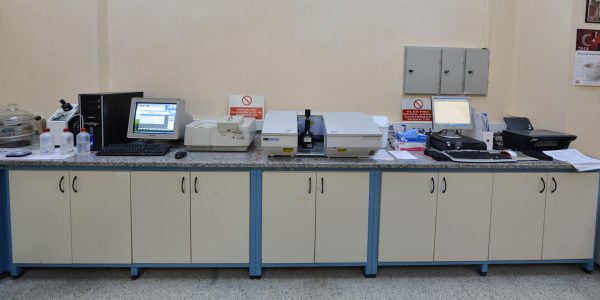- Anasayfa
- Research and Laboratories
- Laboratories
- Electronic Materials Laboratory
Laboratories
- Laboratories
-
- Electronic Materials Laboratory
- Tribology Laboratory
- Casting Laboratory
- Heat Treatment Laboratory
- Chemistry Laboratory
- Corrosion Laboratory
- Ceramic Laboratory
- Metallography Laboratory
- X-Ray Diffraction Laboratory
- Mechanic Laboratory
- Plastic Forming Laboratory
- Advanced Materials Laboratory
- Characterization Laboratory
- Simulation Laboratory
- Specimen Preparation Laboratory
- Composite Laboratory
- Laboratory Coordinators and Personnel
- Laboratory Service Working Systems

Electronic Materials Laboratory

Aims:
To determine the electrical properties of electronic materials and to provide process control of the studies carried out for this purpose.
Services
Analyses and Tests
- Sample preparation for FTIR (Fourier Transform Infrared Spectroscopy),
- FTIR investigations.
Analyzes Used in Scientific Research Activities
- Sample preparation for FTIR (Fourier Transform Infrared Spectroscopy),
- FTIR investigations,
- Refractive index measurement,
- Coating thickness measurement,
- Band gap measurement,
- Determination of photocatalytic degradation,
- Dielectric coefficient determination,
- Impedance measurements,
- Gas sensitivity measurement,
- Sputtering coating,
- Determination of superconducting material transition temperature,
- Determination of current-voltage characteristics.
Laboratory Infrastructure
- FTIR
- Spectrophotometer
- Refractometer
- Dielectric analyzer (impedance)
- Gas sensitizer
- Sputtering Coating
Laboratory Images
Team
Assoc.Prof. Dr. Metin YURDDAŞKAL
Contact
Department of Metallurgical and Materials Engineering Z81




